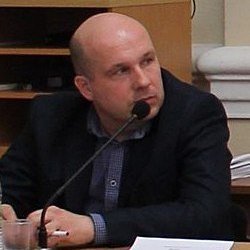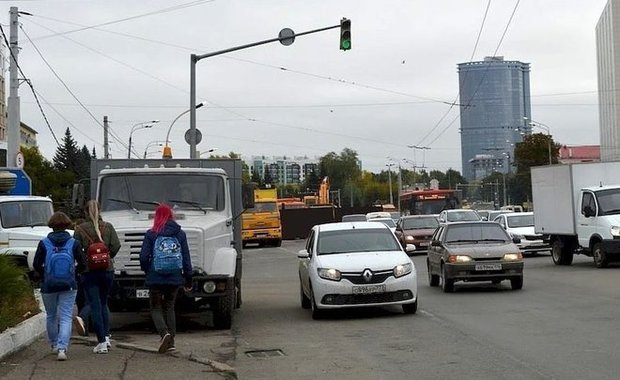Car traffic falls in Kazan
Realnoe Vremya’s experts explained the reasons for why traffic jams disappeared in the Tatarstan capital
Car traffic on Kazan roads has notably decreased since the beginning of the year. A sudden rise in the cost of having a car, a deficit of spare parts, a fall in interregional travel, a collapse in the car market, adverse weather conditions of the record snowy winter and many other factors are one of the reasons, experts says. This fact is confirmed by traffic and freight transportation statistics in the capital. At the same time, traffic police told Realnoe Vremya that traffic wouldn’t grow soon.
By one-sixth less
A lower purchasing power of Tatarstan citizens and demand for new and old cars is also one of the reasons.
46,895 cars were registered from January to April in Kazan, which is 17% less than during the same period in 2021 and 12% less than in 2020. The Kazan office of the Russian traffic police of the Ministry of Internal Affairs provided the information.
The traffic police didn’t make conclusions on the relation between the quite a sharp fall in the number of registered cars and road traffic compared to last year.

No need to carry freight
What the Kazan mayor and the urban transport committee have been unsuccessfully trying to achieve has become a reality. Road traffic notable fell in March-April 2022, though nothing similar to the lockdown of 2020 with the direct ban on citizens’ mobility happened during this period, and remote work introduced by some organisations wasn’t long.
As Realnoe Vremya found out, the changes on the road became a consequence of changes in the economy this time.

Old cars are sold, new ones aren’t bought
However, other specialists talk about fewer passenger cars on the roads too.
“I have noticed for some time that it is easier and faster to go to work from home, especially on those places that were traditionally difficult,” noted foreman of CarService car repair shop Dinar Sabirullin noted in a talk. “And I see that there have been fewer old cars on the roads. For instance, Nexia and Matiz cars we repaired a lot several years ago almost completely left Kazan. Residents of other, poorer regions have purchased a part of them, others cannot be repaired, became car scrap. And some of their former owners haven’t bought anything instead because of the rise in prices.”

Also, Sabirullin says that some owners of old foreign cars that need to be repaired evaluated its cost and preferred not to spend money (perhaps, they couldn’t afford such expenses). They also became pedestrians after selling a broken car or leaving it at parking.
“Old passenger cars aren’t repaired now,” he claimed. “The circle of people who can afford to buy new cars has suddenly narrowed now. We see the result of this on the road.”
“They will drive till they run out of spare parts”
Experts of Realnoe Vremya don’t tend to forecast the growth of car traffic in the Tatarstan capital in autumn when the number of cars on the road usually went up with the end of holidays and the beginning of the academic year.

He assumes that the problem of lower purchasing power and a rise in prices for spare parts will lead to a situation in which in the future Russians will opt for cars that are cheaper to service, but some car owners won’t leave the car at the parking till the end:
“Many live far from their workplace, sports clubs where their children do sport, certain shops, this is why they will anyway drive a car.”
But in his opinion, an absence of spare parts to repair vehicles car owners haven’t yet fully felt can play a significant role in reduced traffic:
“There are still spare parts in the warehouses because of the crisis there has begun recently. The problem will be easy to see in some 2-3 months when we will run out of spare parts. There will be demand for them but there will be no possibility of buying them.”
Is this just the beginning?
While Chairman of the Tatarstan office of the Russian Car Driver Community Yury Kulagin thinks that the fall in the amount of trips on personal cars hasn’t reached the peak yet:
“I think that people will save driving hours to reduce the car’s ear because most people cannot buy a new car now.”

“Today we see just the beginning of the process, and if the market of spare parts doesn’t calm down, if it is hard to bring spare parts, there are going to be fewer cars on the road with time,” concluded the expert.